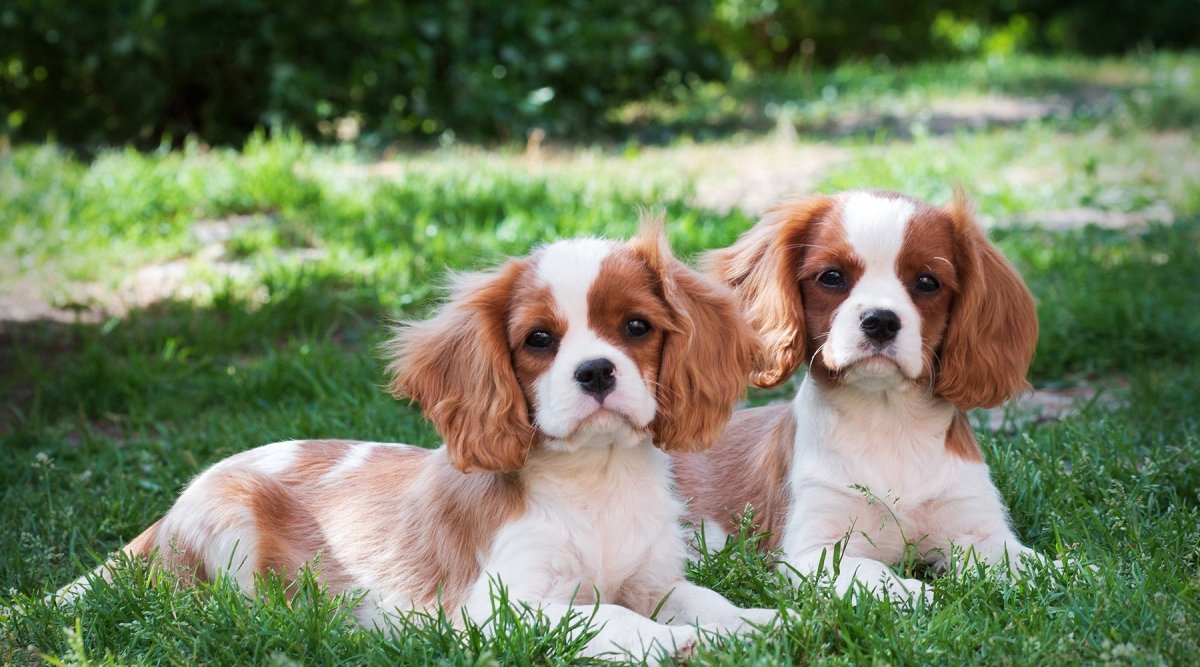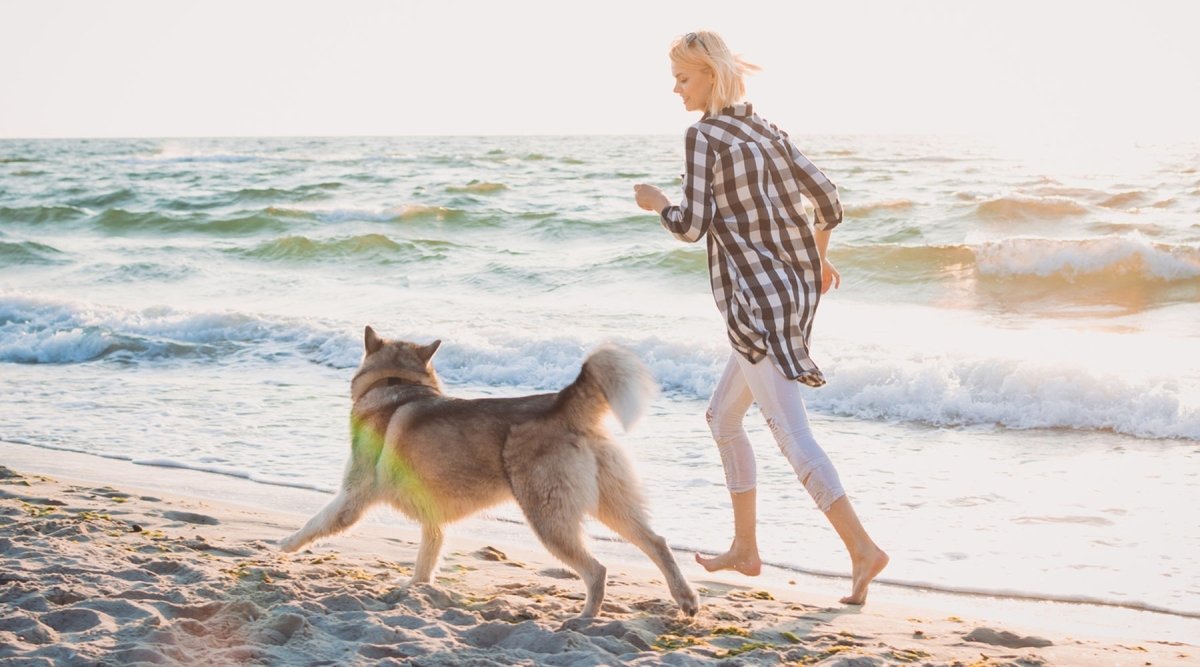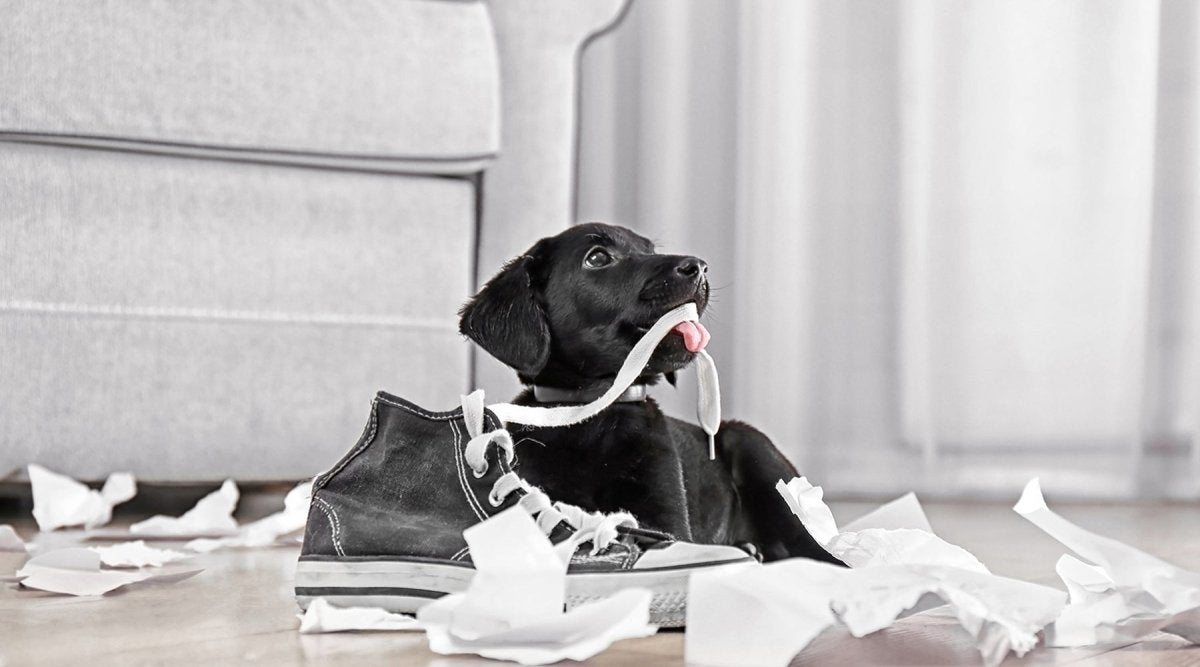Are you looking for a gentle companion on four paws? Then you should take a closer look at the Cavalier King Charles Spaniel, Charlie or simply Cavalier. This small dog is one of the most modern dog breeds, but has a very long tradition. Find out more about its noble origins, its peaceful character and what the dog breed has been struggling with for generations in our breed portrait!
Origin of the breed
As the name suggests, the Cavalier King Charles Spaniel is a close relative of the King Charles Spaniel. More precisely, the Cavalier is an outcross from its older brother. The Cavalier has its roots in the court nobility of King Charles II. It was very popular among the English nobility of the 16th and 17th centuries and the king himself was the trendsetter. This breed was promptly named after His Majesty Charles II. He was so fond of these little dogs that not only did the court teem with spaniels, the king even preferred to play with his dogs instead of ruling. Their fame was captured in numerous portraits of nobility, including the king.
However, the King Charles Spaniel was not cute enough for the aristocracy, so the tame dogs were crossed with smaller and shorter-nosed breeds, so that not only did the dog's head become too small for its brain, but numerous hereditary diseases have accompanied the breed to this day.
While the King Charles Spaniel has retained its short nose and small stature, the Cavalier King Charles Spaniel has been bred back and, in addition to its longer nose, also has a somewhat larger and stockier build. However, the Cavalier was not officially separated from the King Charles Spaniel until 1928.
Appearance Cavalier King Charles Spaniel
The tame Englishman is one of the smaller dog breeds and is still a popular companion dog today. It has a gentle expression, saucer eyes and some even call it a baby face. With a height at the withers of 31 - 33 cm, the four-legged friend weighs between 5 - 8 kg. Its coat is long, wavy and silky. Officially, you can find the Cavalier King Charles Spaniel in four colors:
- Black and Tan (black with tan markings)
- Blenheim (pearl white with chestnut markings)
- Ruby (deep red)
- Tricolour (black and white with tan markings)
It has long, hairy floppy ears, a similarly hairy tail and a small, flat head. The Cavalier King Charles Spaniel is definitely one of the dog breeds with the most loyal and friendly look.
Character of the Cavalier King Charles Spaniel
The name says it all, the little Cavalier King Charles Spaniel is a true gentleman - reserved, calm and very friendly. Its gentle and tame nature makes it the ideal beginner's dog. He is everyone's favorite and interacts peacefully with dogs and people.
He loves to spend his time cuddling and being petted, preferably by his favorite people. He is a little more reserved towards strangers, but still friendly. As an affectionate and calm dog, it is very popular with older people, but is also ideal for families with children.
The Cavalier King Charles Spaniel does not make any great demands in terms of care and keeping, but cuddling should not be neglected. This relaxed contemporary does not make a good guard dog, as his need to bark is rather limited. This dog breed can therefore be kept well in large cities. You won't find any aggressive behavior in the Cavalier either; they are a haven of peace in today's hectic and often challenging world.
Nevertheless, the Cavalier King Charles Spaniel is a dog and needs its daily walks. He won't miss out on walks in the forest and a dip in the cool water.
Is the Cavalier King Charles Spaniel right for me?
The Cavalier actually suits almost everyone. Their favorite place is close to their owner, preferably on your lap. The dogs love to go swimming and also enjoy a jog or two. However, hours of exertion are nothing for these petite four-legged friends. Therefore, active people might be a little too strenuous for the little four-legged friend. If you do a lot of sport, go hunting or have a flock of sheep to herd, you should look for a suitable companion dog in the herding, driving or hunting dog breeds.
Due to their size and weight, these four-legged friends are also easy to take with you on journeys and can even be carried as hand luggage in the seat of an airplane without having to go in the hold.
Breed-typical Cavalier King Charles Spaniel diseases
Unfortunately, the gentle Cavalier is still plagued by numerous hereditary diseases due to its extreme breeding at the beginning. Hardly any other dog breed has a predisposition to so many different dog diseases.
One disease that occurs most frequently in the Cavalier King Charles Spaniel is endocardiosis or mitral endocardiosis. This is a heart disease that often affects other dog breeds from senior age onwards, but is already observed in Cavaliers as young dogs. Endocardiosis is a progressive degeneration of the heart valves. The heart valves usually only conduct the blood in one direction; if they are defective, they become leaky and lose their function. The blood can flow back into the atrium, which can lead to heart failure. This disease occurs in almost 50% of Cavaliers from the age of 4 at the latest.
Another disease in Cavaliers is syringomyelia, a congenital abnormality of the posterior region of the skull. This leads to overcrowding of the skull and squeezing of the brain. The flow of cerebrospinal fluid is disrupted and builds up, which can lead to the formation of a cavity in the spinal cord and damage surrounding nerve tracts. The fluid can also spread into the cavities of the skull, leading to the "hydrocephalus" also known in humans. Neurological deficits and pain are common symptoms. Veterinarians describe the behavior of affected dogs as sudden crying with subsequent head-butting.
Dry eye curly coat syndrome is also common in this dog breed. Affected dogs already have very rough and curly coats as puppies, as well as a disturbed production of tear fluid. Dry eyes and even drying out of the cornea can be the result. This genetic defect is often accompanied by a change in the skin and extreme callus formation on the paws. This combination occurs almost exclusively in Cavalier King Charles Spaniels.
These dog breeds are also prone to conjunctivitis and frequent dislocation of the shoulder and knee, and congenital muscle weakness is also more common.
Care and nutrition
As a rule, the Cavalier King Charles Spaniel is a low-maintenance dog. Neither grooming nor dental or paw care take up a lot of time.
However, you should take a closer look at their food. Many synthetic additives can damage your Cavalier's health and prevent the absorption of important nutrients. Especially due to its genetic predisposition to many typical breed diseases, Cavalier King Charles Spaniel food should be adapted to its sensitive needs. Giving food supplements from a young age can have a supportive effect and strengthen the dog's basic health.
For strong joints in your four-legged friend, you should feed a combination of green-lipped mussel powder with rosehip. This promotes agility and gait function. But make sure that the green-lipped mussel powder is full-fat, as this indicates a higher content of the essential omega-3 fatty acids.
To keep your Cavalier King Charles Spaniel's coat healthy, you can feed him brewer's yeast, salmon oil or coconut oil for dogs. Brewer's yeast is rich in important B vitamins, including biotin, and supports the coat metabolism. However, it should be natural brewer's yeast, as synthetic additives can have a negative effect on the dog's immune system. Salmon oil and omega-3 capsules are not only used as food supplements in the human sector, but also have a positive effect on the dog's immune system and metabolism. The effective omega-3 fatty acids EPA and DHA even help to maintain heart function in humans. Coconut oil is also important for the dog's skin and coat and can be used both externally and internally. For a Cavalier King Charles Spaniel weighing 10 kg, half a teaspoon a day is sufficient.
Conclusion
The Cavalier King Charles Spaniel is a popular companion dog with a long pedigree. This little aristocrat is equally at home in the big city, a family with children in the countryside or a quiet senior couple. Its delicate appearance paired with its googly eyes and calm, gentle nature make it a favorite of many dog lovers. Unfortunately, the breed has some hereditary diseases that are still prevalent today. Cavalier King Charles Spaniel nutrition should therefore be carefully considered. A balanced diet with important natural vitamins and minerals strengthens their health and can prevent many ailments.



